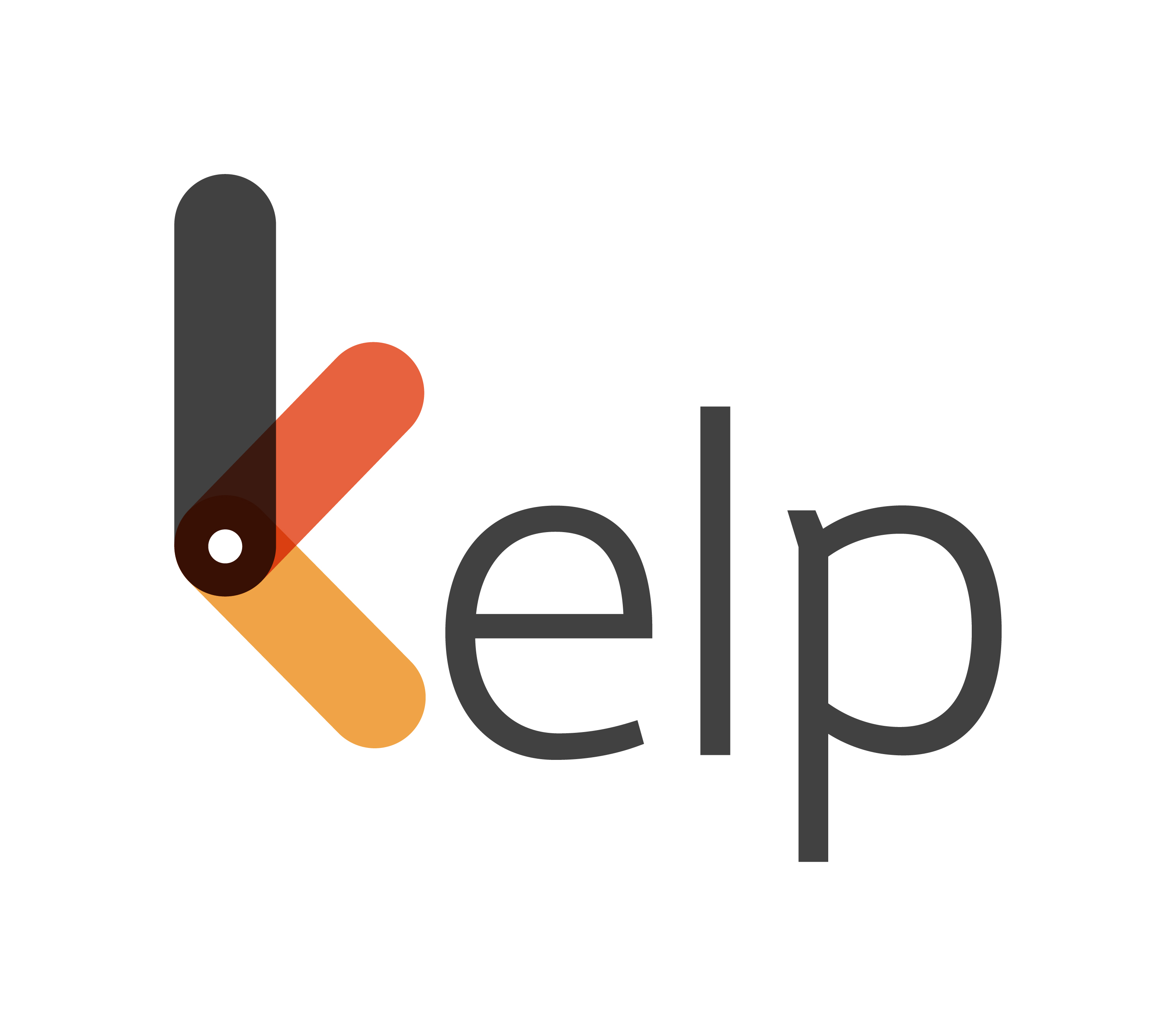Why Continuous Learning Matters in Leadership
Continuous learning equips leaders with the tools to remain relevant and effective. According to a McKinsey report, organisations that invest in learning and development are more likely to achieve higher performance and sustain competitive advantages.
Key reasons why learning in leadership is vital include:
- Adaptability: Rapid advancements in technology and shifting market dynamics demand leaders who can pivot strategies quickly.
- Enhanced Decision-Making: A broader knowledge base allows leaders to make informed decisions that anticipate challenges rather than merely reacting to them.
Boosts Team Morale: Leaders who prioritise their own growth set an example for their teams, fostering a culture of learning and innovation.
Strategies for Effective Continuous Learning
- Structured Education: Enrol in courses or workshops that focus on emerging trends, such as AI-driven decision-making or emotional intelligence development.
- Peer Learning: Collaborate with other professionals through forums or networks to exchange ideas and insights.
- Feedback Loops: Actively seek constructive feedback from peers and subordinates to identify areas for improvement.
- Self-Directed Learning: Regularly consume books, podcasts, or articles relevant to your industry or role.
Reflection Practices: Analyse past decisions to extract lessons that can inform future actions.
Key Benefits of Continuous Learning in Leadership
- Improved Emotional Intelligence (EQ): Continuous learning enhances self-awareness and empathy, which are crucial for managing interpersonal relationships effectively.
- Increased Innovation: Exposure to new ideas stimulates creativity and drives innovation within teams.
- Higher Employee Engagement: Employees are more motivated when they see their leaders actively pursuing growth.
- Future-Proofing Skills: Staying updated with industry trends ensures that leaders remain relevant amidst rapid changes.
Challenges in Implementing Continuous Learning
- Time Constraints: Busy schedules often leave little room for formal education or self-directed learning.
- Cost Concerns: High-quality training programs can be expensive, deterring some organisations from investing adequately.
- Resistance to Change: Leaders accustomed to traditional methods may be reluctant to adopt new approaches.
The Role of Organisations in Promoting Learning for Leadership
- Invest in Training Programs: Allocate resources for leadership development courses that address both hard and soft skills. Set formal goals around learning and development.
- Encourage Knowledge Sharing: Create platforms where leaders can share insights and learn from each other’s experiences.
- Incorporate Technology: Use digital tools like AI-enabled platforms to track progress and personalise learning journeys.
How KelpSupports Leadership Development
At Kelp, we understand the transformative power of continuous learning in leadership success. Our mission is to help organisations build inclusive workplaces where leaders thrive through ongoing education. By integrating innovative training solutions tailored to modern challenges, we empower leaders to excel while fostering a culture of growth across all levels.
Continuous learning is not just an option but a necessity for effective leadership. It bridges knowledge gaps, enhances adaptability, and prepares leaders for future challenges. Organisations that prioritise learning for leadership will undoubtedly gain a competitive edge in today’s dynamic business landscape. With Kelp as your partner, you can ensure your leaders are equipped with the skills they need to succeed—today and tomorrow.






